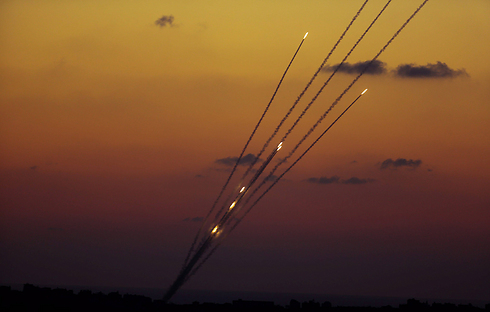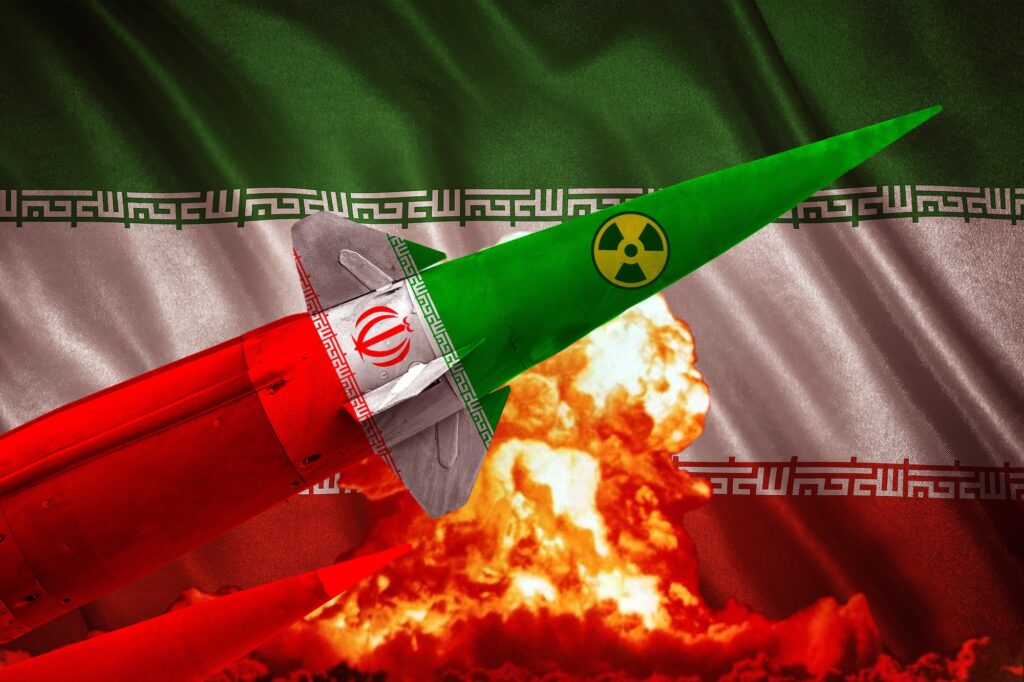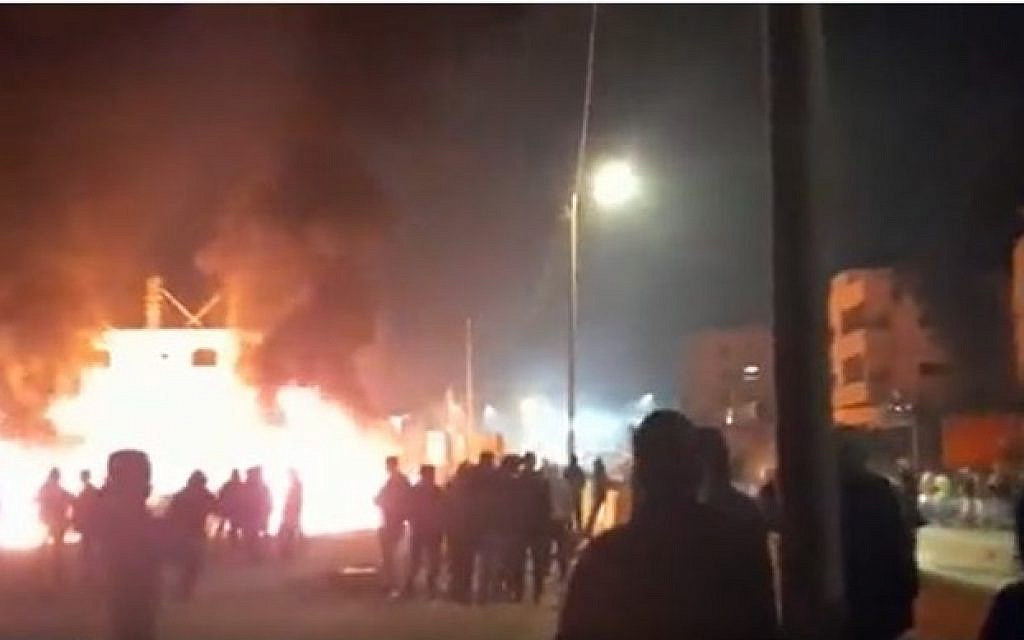IN THE MEDIA
Hamas accepting ceasefire is key
July 25, 2014 | Glen Falkenstein

Glen Falkenstein
The Courier Mail – July 25 2014
THE difference between Israeli and Hamas tactics in the current Gaza conflict has been acknowledged by no less an authority than the Palestinian Ambassador to the UN Human Rights Council, Ibrahim Khraishi, who recently stated:
“I am not a candidate in any Palestinian elections, so I don’t need to win popularity among the Palestinians. The missiles that are now being launched against Israel, each and every missile constitutes a crime against humanity, whether it hits or misses, because it is directed at civilian targets.”
Khraishi went on:
“Please note that many of our people in Gaza appeared on TV and said that the Israelis warned them to evacuate their homes before the bombardment. In such a case, if someone is killed, the law considers it a mistake rather than an intentional killing because [the Israelis] followed the legal procedures.”
Under periodic attack and continued threat of attacks, Israel has developed an extensive network of bomb shelters and the Iron Dome missile-defence system to protect its civilian population. Combined, these have largely prevented Israeli fatalities from Hamas rocket fire.
Hamas, on the other hand, does not protect Palestinians in Gaza from becoming unintended casualties of Israel’s attempts to destroy Hamas operations.
Yet Hamas has used more than a million tonnes of concrete to build an extensive tunnel network from Gaza to Israel. It has been repeatedly used during this conflict, by Hamas terrorists, dressed as Israeli military, to emerge in Israel and open fire killing, as of Wednesday, dozens of Israeli soldiers.
Hamas secured the concrete by telling the international community that it would be used for civilian humanitarian purposes; instead the tunnels have been used to shelter rockets and terrorists. The concrete wasn’t used to build important infrastructure like schools or hospitals, nor was it set aside for bomb shelters.
Those citing comparisons between Palestinian and Israeli casualties often allege they prove Israel’s response to Hamas rocket-fire is “disproportionate. Yet the concept of “proportionality” in international law actually has nothing to do with any comparison between the numbers killed on either side – it has to do with assessing expected civilian casualties with respect to the importance of the military objective one seeks to achieve.
Proportionality fully accepts some civilian casualties are inevitable in war, while demanding that combatants try to minimise them. Israel has dropped warning leaflets, made phone calls to homes in Gaza and used the “knock on the roof” method of firing small warning shots to alert civilians of impending strikes. Hamas dismissed these warnings as “psychological warfare” and has urged civilians to stay in their homes before the rockets hit.
One cannot begin to assess the proportionality of Israel’s efforts without first recognising that Israel is making considerable efforts to protect civilian lives in both Israel and Gaza, while Hamas is going to great lengths to place civilians in harm’s way. The ground offensive by Israel has sought to target Hamas and their tunnel network and has resulted in many Israeli casualties, while all Israeli civilians are considered “legitimate targets” by Hamas.
Meanwhile, Hamas’s common practice is to place rockets and artillery in schools, mosques, hospitals, homes and public buildings. These are unequivocal war crimes by Hamas, which have the combined effects of providing Hamas with places less likely to be targeted by Israel, from which to launch attacks – and of maximising civilian casualties in Israeli counter-strikes. Hamas, which is a proscribed terrorist organisation by many nations, has over the past few weeks fired more than 2000 rockets into Israel and rejected three serious ceasefire proposals.
Hamas and its supporters are clearly attempting to use the deaths of civilians in Gaza to claim the Israeli military are targeting civilians. Why? Hamas hopes that the image of Gazans suffering will goad the world to force Israel to offer Hamas unreasonable concessions to stop Hamas shooting at them.
Those seeking to end the repeated rounds of fighting must not give in to Hamas’ ugly tactic of using the war crime of rocket fire on Israeli towns to force Israel to defend its citizens, nor the war crimes of basing its military units in civilian areas and encouraging Palestinians to ignore Israeli warnings about impending strikes, which together maximises civilian casualties on both sides.
The key to ending the bloodshed prompted three times around Gaza in recent years by Hamas aggression is placing overwhelming pressure on Hamas to accept and then abide by a ceasefire – as well as efforts to degrade Hamas’s capacity to terrorise Israelis and victimise its own people.
Glen Falkenstein is a policy analyst at the Australia/Israel & Jewish Affairs Council
Tags: Israel





